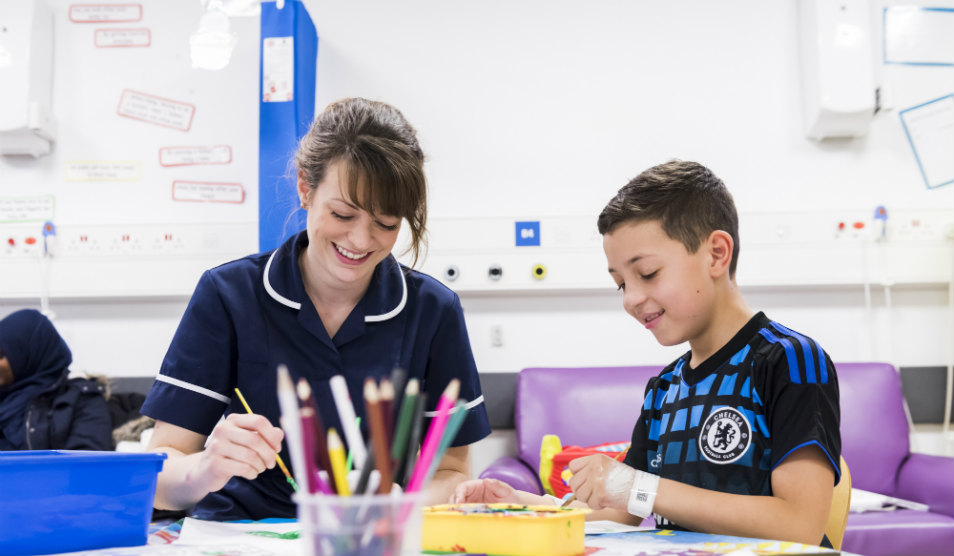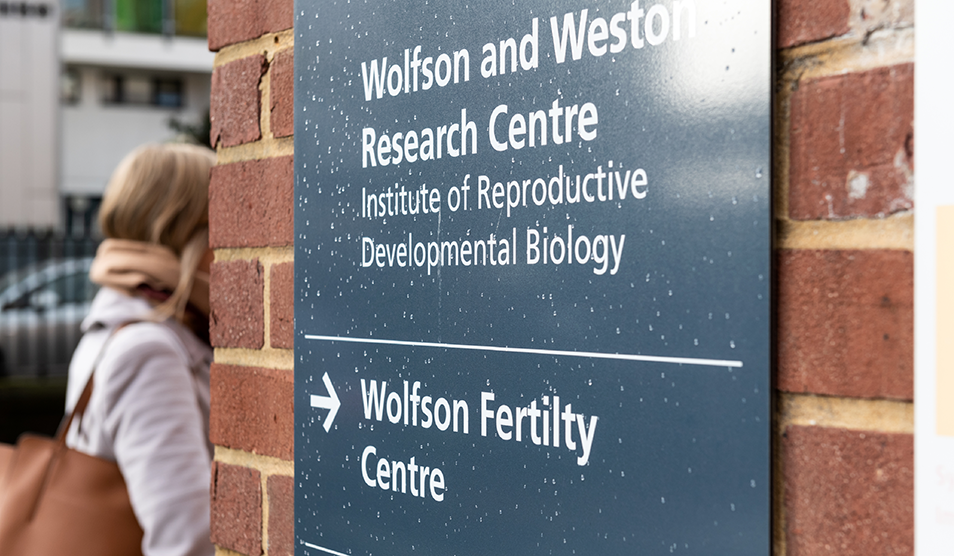Corticosteroids may be an effective treatment for Covid-19 complications in children
An international study has shown that corticosteroids may be an effective treatment for children who develop a rare but serious condition after Covid-19 infection.
The new disorder, which is now known as paediatric inflammatory multi-system syndrome temporally associated with SARS-CoV-2 infection (PIMS-TS), is thought to affect one in 50,000 children with SARS-CoV-2 infection. It affects children of all ages but is more common in older children and teenagers and generally occurs 2-6 weeks after infection with the SARS-CoV-2 virus.
The condition was first identified globally by a joint team of clinicians and academics at Imperial College Healthcare NHS Trust and Imperial College London, led by Dr Elizabeth Whittaker, who is also one of the authors of the study and a consultant in paediatric infectious diseases at the Trust.
The illness is characterised by persistent high fever, often accompanied by abdominal pain, vomiting, red eyes and red rash. Severely affected children have developed heart inflammation, with shock and failure of multiple organs. Some affected children have developed inflammation of the arteries that supply the heart with blood (called coronary arteries), resulting in widening of these arteries.
Fortunately, with right treatment the majority of affected children have recovered well. However, worldwide most reports suggest a fatality rate of 2-4 per cent.
All the 614 children in the study, which has been published in the New England Journal of Medicine, were suspected to have the serious disorder following Covid-19 infection. Researchers investigated three treatments: a type of steroid called corticosteroids, an antibody treatment called immunoglobulin and the use of the steroids and immunoglobulin together.
All three treatments resulted in more rapid reduction of inflammation, which was measured using a protein that indicates inflammation levels in the body, called C-reactive protein (CRP). The CRP fell more quickly in those receiving treatment and there were no clear differences between the three treatments in rate of recovery from organ failure, or progression to organ failure.
Researchers were not able to compare the impact of the different treatments on mortality because the number of fatal cases was too low. Further analysis using World Health Organisation criteria showed evidence of a lower rate of organ failure or death after two days in those receiving steroids alone as initial treatment, compared to immunoglobulin alone.
Dr Elizabeth Whittaker said: “The finding that outcomes are similar for patients treated with steroids alone as with those treated with steroids and immunoglobulin or immunoglobulin alone, suggests that steroids may be a cheaper and more available alternative to immunoglobulin. Corticosteroids are cheap and available worldwide whereas immunoglobulin is expensive, and there is a worldwide shortage of it. This is a particular problem in many low and middle income countries. “
The study, supported by the EU’s Horizon 2020 programme and the NIHR Imperial Biomedical Research Centre, involved hundreds of doctors worldwide uploading information about patient outcomes onto an online database. A group of volunteer medical students and junior doctors at the Trust played an integral role in data collection at Imperial College Healthcare.
The study was not a randomised controlled trial, which is usually considered to be the ‘gold standard’ for medical research. Instead, due to the quickly evolving nature of the pandemic, the study invited paediatricians worldwide to upload data from patients with the condition. New statistical approaches were used to correct differences in severity or other confounding effects so that different treatments could be compared.
The hypothesis was that if a large enough number of patients were included and treated using whatever drugs individual paediatricians felt were beneficial, the outcomes of different treatment regimes could be compared.
Professor Michael Levin, from the Department of Infectious Disease at Imperial College London, who led the study, said: “The study has been a real example of international collaboration and the willingness of paediatricians in many countries to share their data and experience to enable important questions as to optimal treatment to be answered. Our finding, that treatments with immunoglobulin, steroids or a combination of both agents all result in more rapid resolution of inflammation (and have similar rates of progression to organ failure or recovery from critical illness), will be of great value to paediatricians worldwide in their treatment of children with this new disorder. As immunoglobulin is unavailable or in short supply in many countries, and is expensive, the findings of this study may provide some reassurance for those who only have access to corticosteroids, particularly in those countries with more limited resources.
“However it is important to note that our study does not yet provide a definitive answer as to whether any of the treatments lowers the risk of coronary artery aneurysms, as the numbers with this complication were too low. The study is continuing to enrol patients and our planned further analysis with larger numbers of patients should provide answers to this question.”



